
Ludwig van Beethoven was a German composer and pianist. Beethoven remains one of the most admired composers in the history of Western music; his works rank amongst the most performed of the classical music repertoire and span the transition from the Classical period to the Romantic era in classical music. His career has conventionally been divided into early, middle, and late periods. His early period, during which he forged his craft, is typically considered to have lasted until 1802. From 1802 to around 1812, his middle period showed an individual development from the styles of Joseph Haydn and Wolfgang Amadeus Mozart, and is sometimes characterized as heroic. During this time, he began to grow increasingly deaf. In his late period, from 1812 to 1827, he extended his innovations in musical form and expression.

Gary Cooper was an American actor known for his strong, quiet screen persona and understated acting style. He won the Academy Award for Best Actor twice and had a further three nominations, as well as an Academy Honorary Award in 1961 for his career achievements. He was one of the top 10 film personalities for 23 consecutive years and one of the top money-making stars for 18 years. The American Film Institute (AFI) ranked Cooper at No. 11 on its list of the 25 greatest male stars of classic Hollywood cinema.

Sir Francis Walsingham was principal secretary to Queen Elizabeth I of England from 20 December 1573 until his death and is popularly remembered as her "spymaster".

Aaron Burr Jr. was an American politician and lawyer who served as the third vice president of the United States from 1801 to 1805. Burr's legacy is defined by his famous personal conflict with Alexander Hamilton that culminated in Burr killing Hamilton in a duel in 1804, while Burr was vice president.
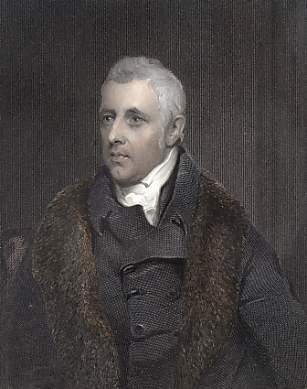
Dudley Ryder, 1st Earl of Harrowby, PC, FSA was a prominent British politician of the Pittite faction and the Tory party.

"Annabel Lee" is the last complete poem composed by American author Edgar Allan Poe. Like many of Poe's poems, it explores the theme of the death of a beautiful woman. The narrator, who fell in love with Annabel Lee when they were young, has a love for her so strong that even angels are envious. He retains his love for her even after her death. There has been debate over who, if anyone, was the inspiration for "Annabel Lee". Though many women have been suggested, Poe's wife Virginia Eliza Clemm Poe is one of the more credible candidates. Written in 1849, it was not published until shortly after Poe's death that same year.
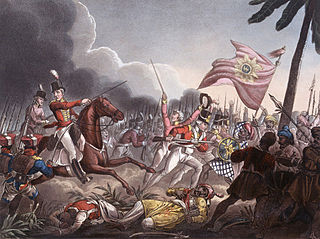
The Second Anglo-Maratha War (1803–1805) was the second conflict between the British East India Company and the Maratha Empire in India.
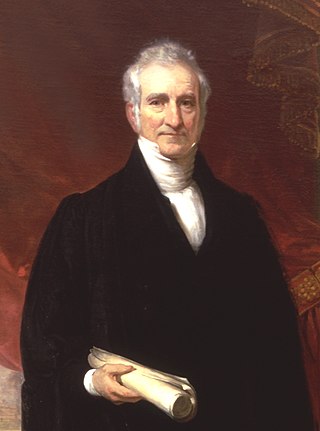
Eliphalet Nott, was a famed Presbyterian minister, inventor, educational pioneer, and long-term president of Union College, Schenectady, New York.
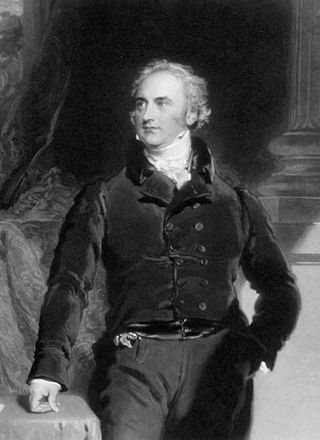
Sir Astley Paston Cooper, 1st Baronet was a British surgeon and anatomist, who made contributions to otology, vascular surgery, the anatomy and pathology of the mammary glands and testicles, and the pathology and surgery of hernia.
Ælfric Puttoc was Archbishop of York from 1023 to his death, and briefly Bishop of Worcester from 1040 to 1041. He may have crowned Harold Harefoot in 1036, and certainly assisted in that king's disinterment in 1040 and at the coronation of Edward the Confessor in 1043. He founded houses of canons and encouraged the cult of John of Beverley.

Cynesige was a medieval English Archbishop of York between 1051 and 1060. Prior to his appointment to York, he was a royal clerk and perhaps a monk at Peterborough. As archbishop, he built and adorned his cathedral as well as other churches, and was active in consecrating bishops. After his death in 1060, the bequests he had made to a monastery were confiscated by the queen.

The Burr–Hamilton duel took place in Weehawken, New Jersey, between Aaron Burr, the Vice President of the United States, and Alexander Hamilton, the first and former Secretary of the Treasury, on the morning of July 11, 1804. The duel was the culmination of a bitter rivalry that had developed between both men, who had become high-profile politicians in post-colonial America. In the duel, Burr fatally shot Hamilton, while Hamilton fired into a tree branch above and behind Burr's head. Hamilton was taken back across the Hudson River, and he died the following day in New York.

John Richardson was a Biblical scholar and a Master of Trinity College, Cambridge from 1615 until his death.

Thomas Musgrave was Archbishop of York from 1847 to 1860.
Charles DeKay Cooper was an American physician, lawyer and Democratic-Republican politician.
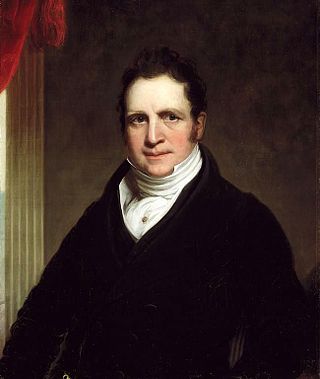
Thomas Abthorpe Cooper was an English actor.
The Shafto family is an alternative surname for the Ffolliot family, who were established in the 14th century at Shafto Crag, Northumberland and adopted the alternative surname of Shafto.

Sir Harry was a British Thoroughbred racehorse and sire. In a career that lasted from May 1798 to August 1801 he ran nineteen times and won nine races. Lightly campaigned in his first two seasons he won Epsom Derby on his racecourse debut and the Claret Stakes at Newmarket in 1799. Sir Harry was much more active in his two remaining years, running fifteen times and winning seven more races including several match races and King's Plates. After his retirement from racing he was exported to the United States where he had a successful record at stud.

Gother Mann (1747–1830) was an English army officer and military engineer in the British Army. He served in Dominica during the French invasion from 1776 to 1778, and was employed in a tour of survey of north-east coast of England in 1781. He was commanding royal engineer in Canada from 1786 to 1791 and from 1794 to 1804. He served under the Duke of York in Holland in 1793. He was made a colonel-commandant of the Royal Engineers in 1805, lieutenant-general in 1810, and general in 1821. He was appointed inspector-general of fortifications in 1811, and held that office until death. Some of his plans for fortifying Canada are still preserved.















